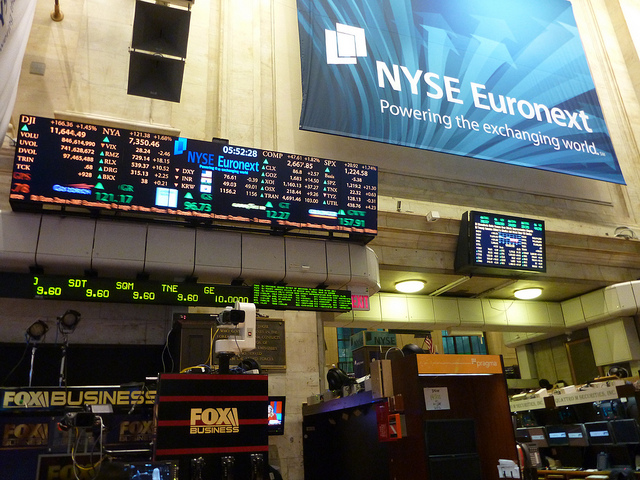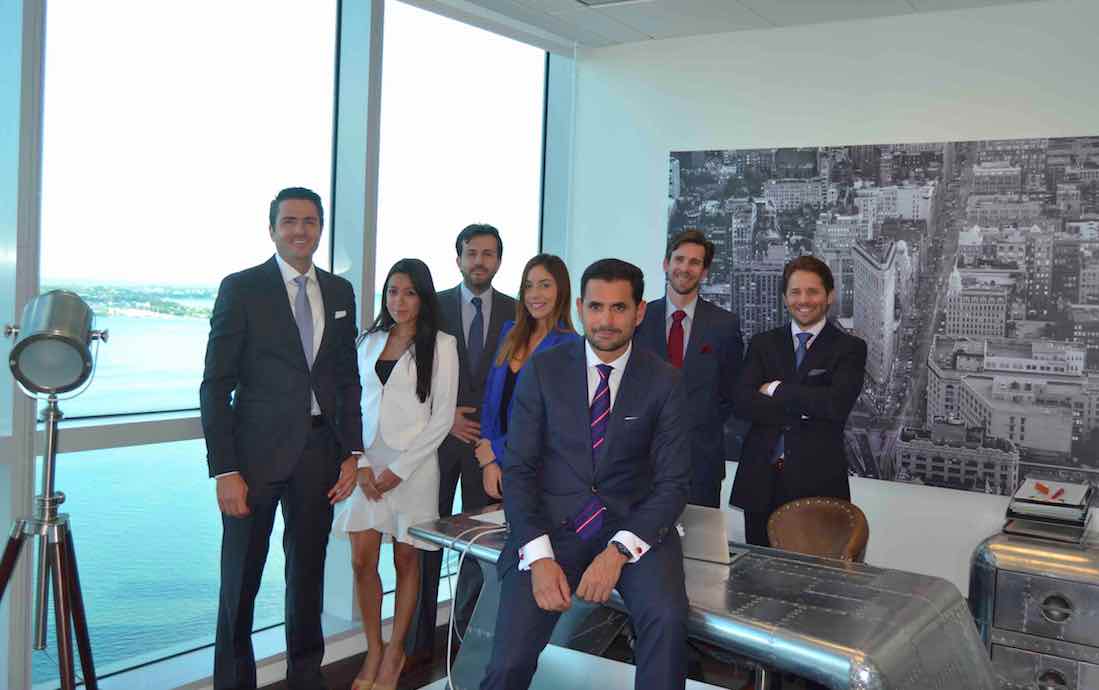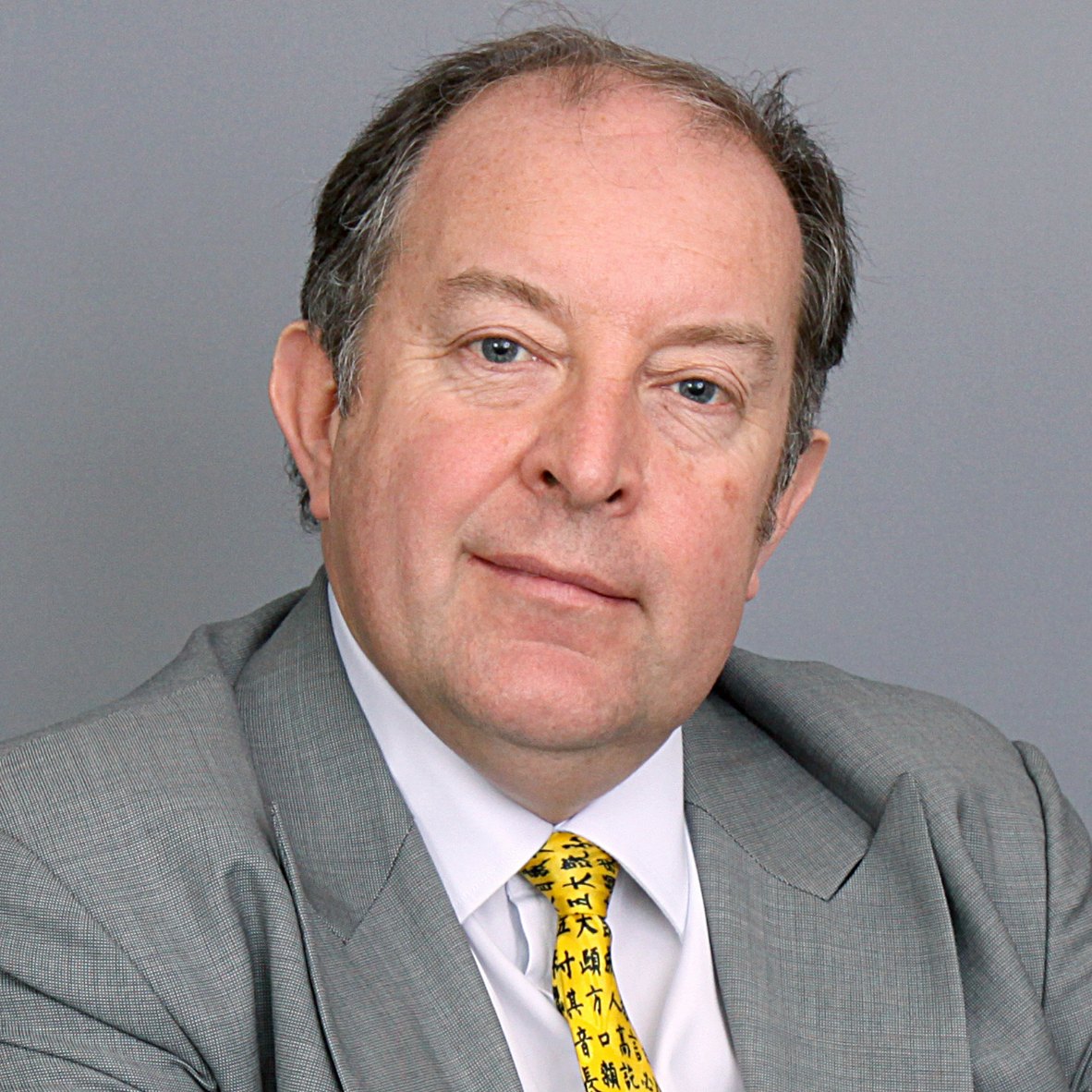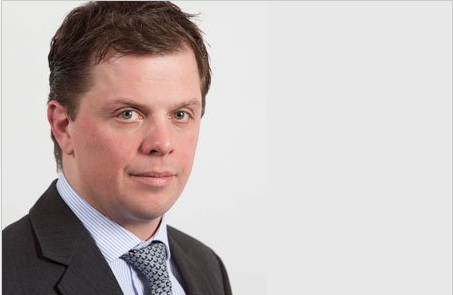U.S. Investors Fear Market Correction But Expect Double Digit Gains in 2015
| For Fórmate a Fondo | 0 Comentarios

Americans believe their investments will perform well this year, but are wary that a market correction could derail their financial security, according to survey findings released today by Natixis Global Asset Management.
“Most investors in our survey participate in retirement plans and say they’re on their way to a secure retirement”, said the survey.
“American investors have gotten used to excellent stock market returns in the last few years, so their view of financial markets is notably positive,” said John Hailer, chief executive officer of Natixis Global Asset Management for the Americas and Asia. “At the same time, many investors remember seeing significant losses in their portfolios after the global financial crisis. The missing piece is that many haven’t really planned, or prepared themselves emotionally, for another market setback.”
Fifty-four percent of 750 investors surveyed say their portfolios will perform better this year than in 2014, when the Standard & Poor’s 500 Index rose by 13 percent. At the same time, 67 percent say they feel powerless to protect their investments in the face of a severe market correction.
Rational exuberance?
Investors are pleased with their past returns and expect more of the same. Eighty-two percent of investors say they were satisfied with their gains last year.
Looking ahead, investors say their portfolios have to earn a return of an average of 10.1 percent a year, above inflation, to meet their financial needs. The S&P 500 gained an average of 9.5 percent annually, including reinvested returns, from 2005 to 2014. This 10-year stretch included deep losses from the global financial crisis.
Eighty-one percent of investors say their double-digit expectations are realistic.
Risk-taking rises, while planning lags
Most respondents (51%) say they’re willing to take more financial risk than they were a year before. Still, there are issues that could keep investors from making financial progress. They include:
- Most don’t plan: Forty-nine percent of investors have financial plans. Fifty-five percent of those who work with advisors have plans, in contrast to 38 percent of non-advised investors.
- Politics and the Economy: Investors say U.S. politics (50%) and a global economic slowdown (43%) could undermine their finances in the next year. In both cases, members of the baby boom generation (age 50 to 68) are the most skeptical; 64 percent cite politics as a worry and 61 percent say world economics.
- Emotional decisions: Sixty-five percent of investors say they struggle to avoid making emotional decisions about their money during market shocks.
“Confidence has its limits,” Hailer said. “Investors are far better off when they have a plan – so they can prepare for the future and get through rough patches in the markets. Working with a professional financial advisor to build a more durable portfolio is the best way to get ready for those unforeseen events. Durable portfolio construction can help manage risk and reduce volatility to help investors stay in the market to meet their long-term goals.”
Most investors understand the value of advice. A majority (87%) of investors, including those who don’t consult with advisors, believe that getting professional financial advice is important in making investment decisions. Natixis encourages investors to work with an advisor to create a durable portfolio that can help manage risk and reduce volatility through a mix of alternative investment strategies working in tandem with long-only, traditional investments.
In fact, 76 percent of investors want strategies to better insulate their portfolio from market swings, and 83 percent desire strategies that offer a better balance between risk and return.
Alternatives to traditional strategies
Investors say they’re interested in strategies that don’t rely strictly on stocks and bonds. Sixty-eight percent say traditional investment approaches aren’t enough.
More than half (55%) say they invest in alternative asset categories, a group that includes hedge funds, private equity, commodities and long-short funds, among other investments. The total includes 76 percent of Generation Y (those age 18 to 33); 62 percent of Generation X (age 34 to 49); and only 32 percent of boomers. Yet most investors (73%) still perceive alternatives as riskier than other assets compared to 65 percent a year ago.
Retirement: Participation and perils
The survey found Americans are optimistic about retirement, their top financial priority, even as they expect to pick up most of the tab themselves, and as they foresee risks after their working careers.
Eighty-eight percent believe they will meet their retirement savings goals. They are being helped by enrolling in retirement savings programs such as 401(k)s; 67 percent participate in those types of plans.
“Most investors in our survey participate in retirement plans and say they’re on their way to a secure retirement,” said Ed Farrington, executive vice president for retirement at Natixis. ”While that’s encouraging, we should remember that about half of Americans still don’t have access to a savings program at work. As a nation, we need to give those workers better ways to invest in their futures.”
Almost two-thirds of Americans (63%) say the costs of retirement are shifting to individuals, away from the government and employers. They say 55 percent of their retirement income will come from their own efforts – saving, investing, selling a home or working after retiring. Of the rest, 36 percent would come from a pension or programs like Social Security and 8 percent from other sources.
Baby boomers are most concerned about financial risks in retirement. Of the perceived threats to retirement security, three stand out:
- Long-term care: Fifty-nine percent of investors say the costs of basic needs in old age could endanger their financial wellbeing. Among boomers, that concern rises to 74 percent.
- Uninsured healthcare: Fifty-seven percent of investors say medical costs represent a financial risk; the figure includes 71 percent of boomers.
- Inflation: Forty-two percent say rising living costs could affect retirement; boomers again lead the pack, at 50 percent.
Market expectations for the next year
Investors say stocks will be the strongest investments in the next year. Forty-five percent of investors name stocks as the best asset class, followed by cash (17%), real estate (12%) and bonds (9%). Another 16 percent predict other categories of investments will do better.









